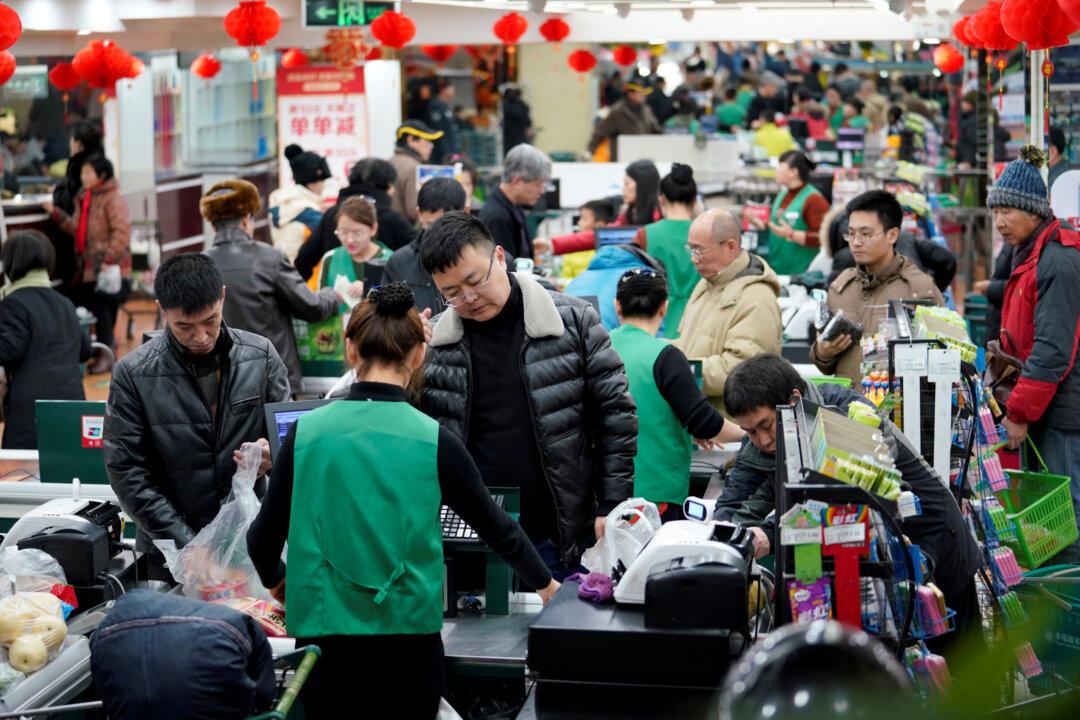BEIJING—Growth in disposable income slowed in China last year while living costs rose, highlighting the increasing strains Chinese households are facing as the economy cools.
Beijing is counting on the nation’s vast consumer base to cushion the broader slowdown, but as the outlook grows more clouded Chinese are tightening their belts, buying fewer cars, electronics and home appliances.





